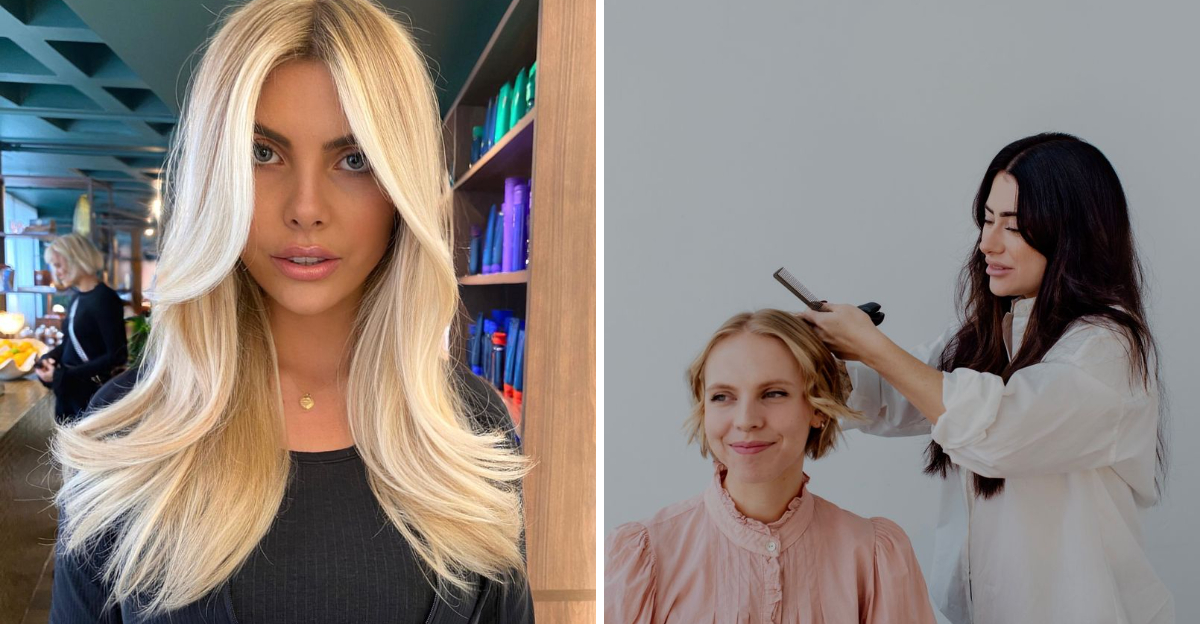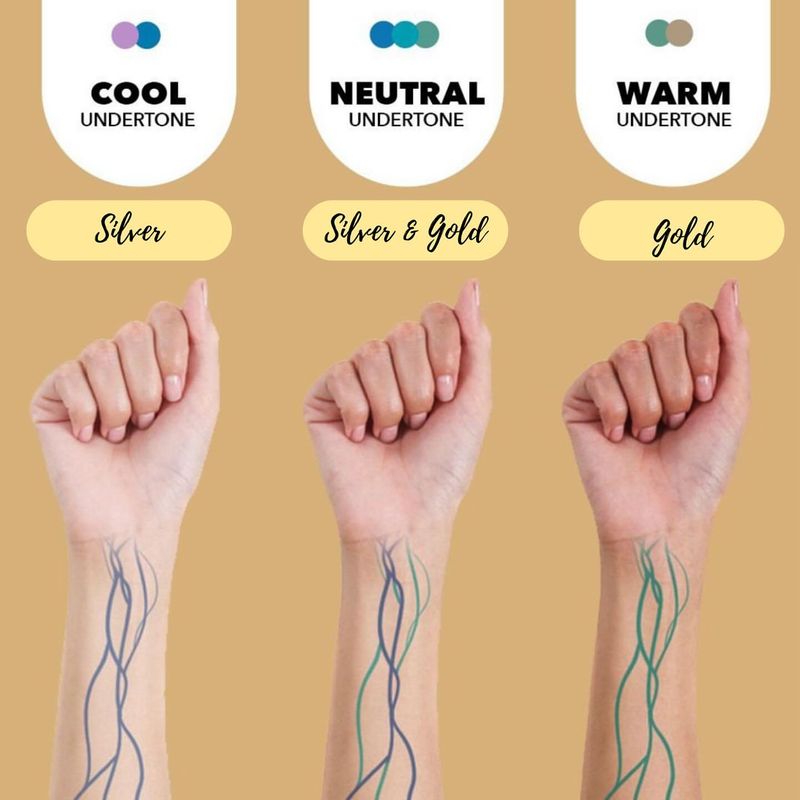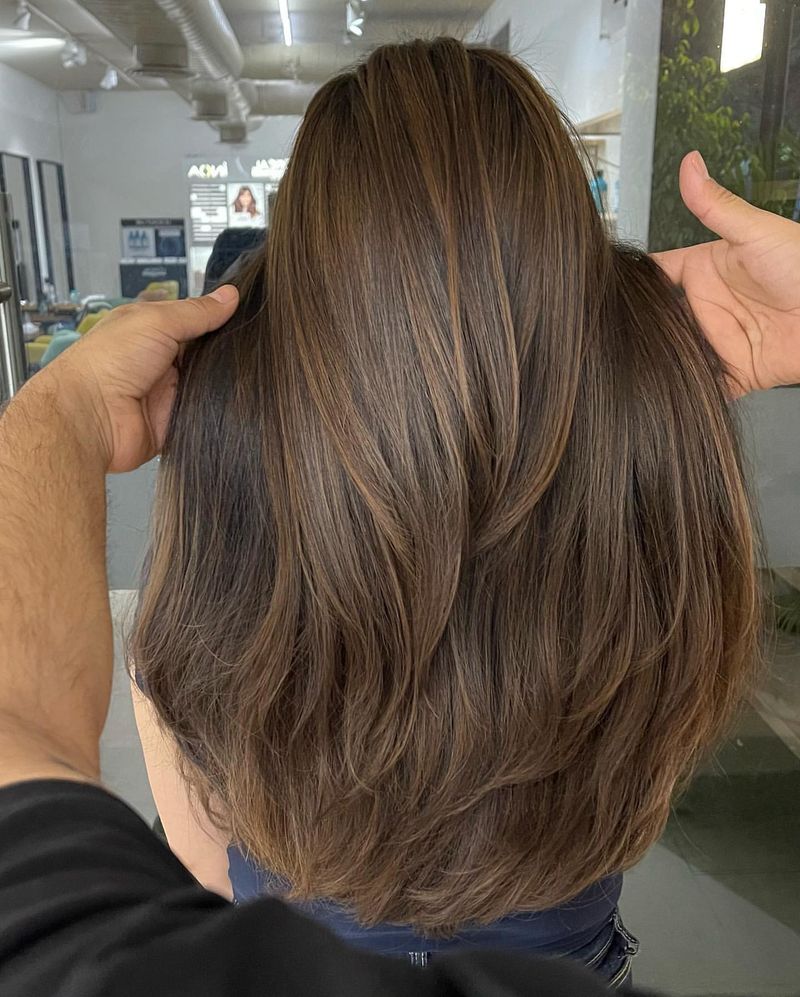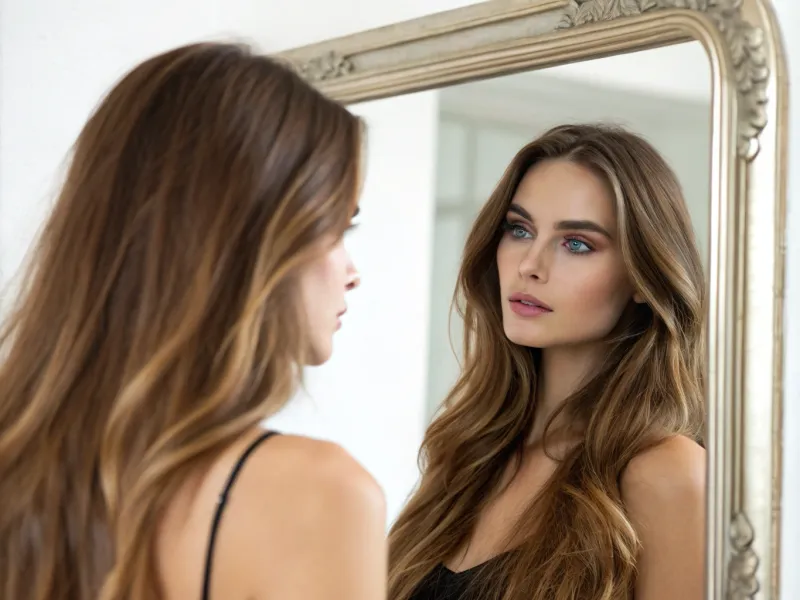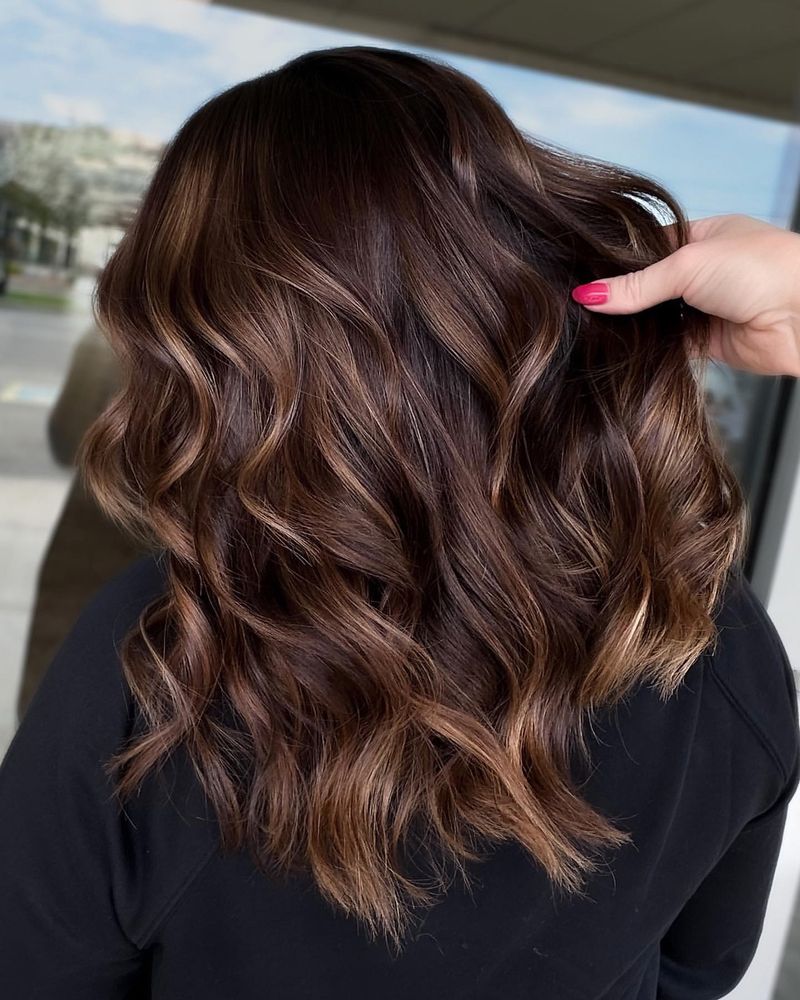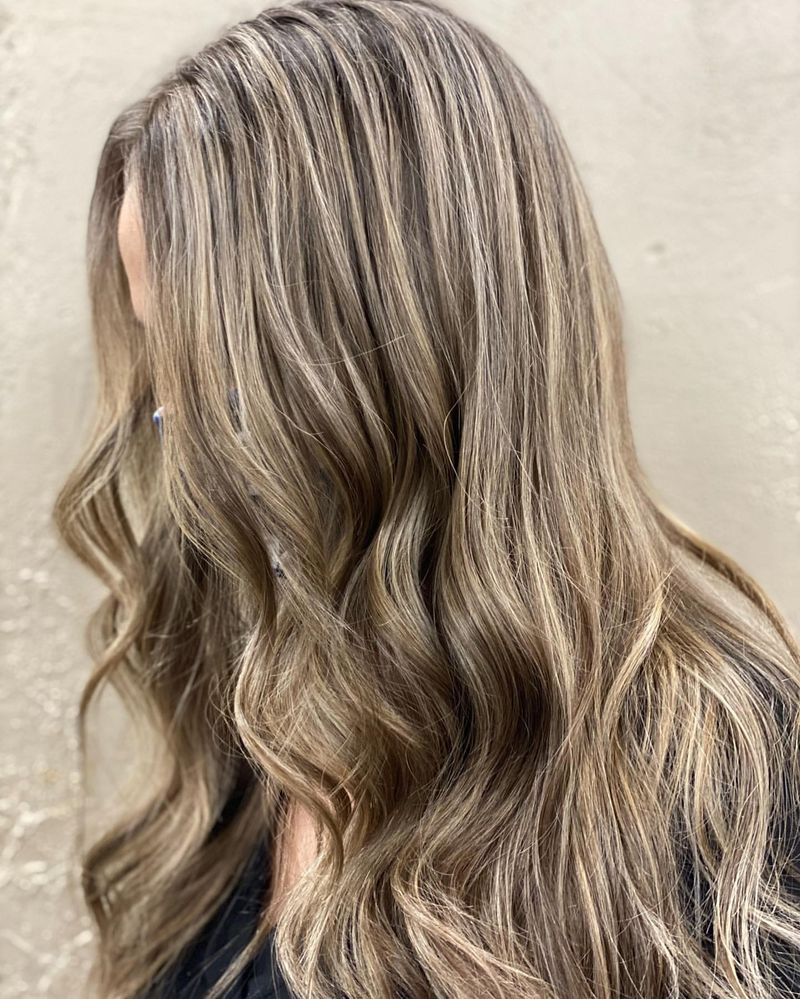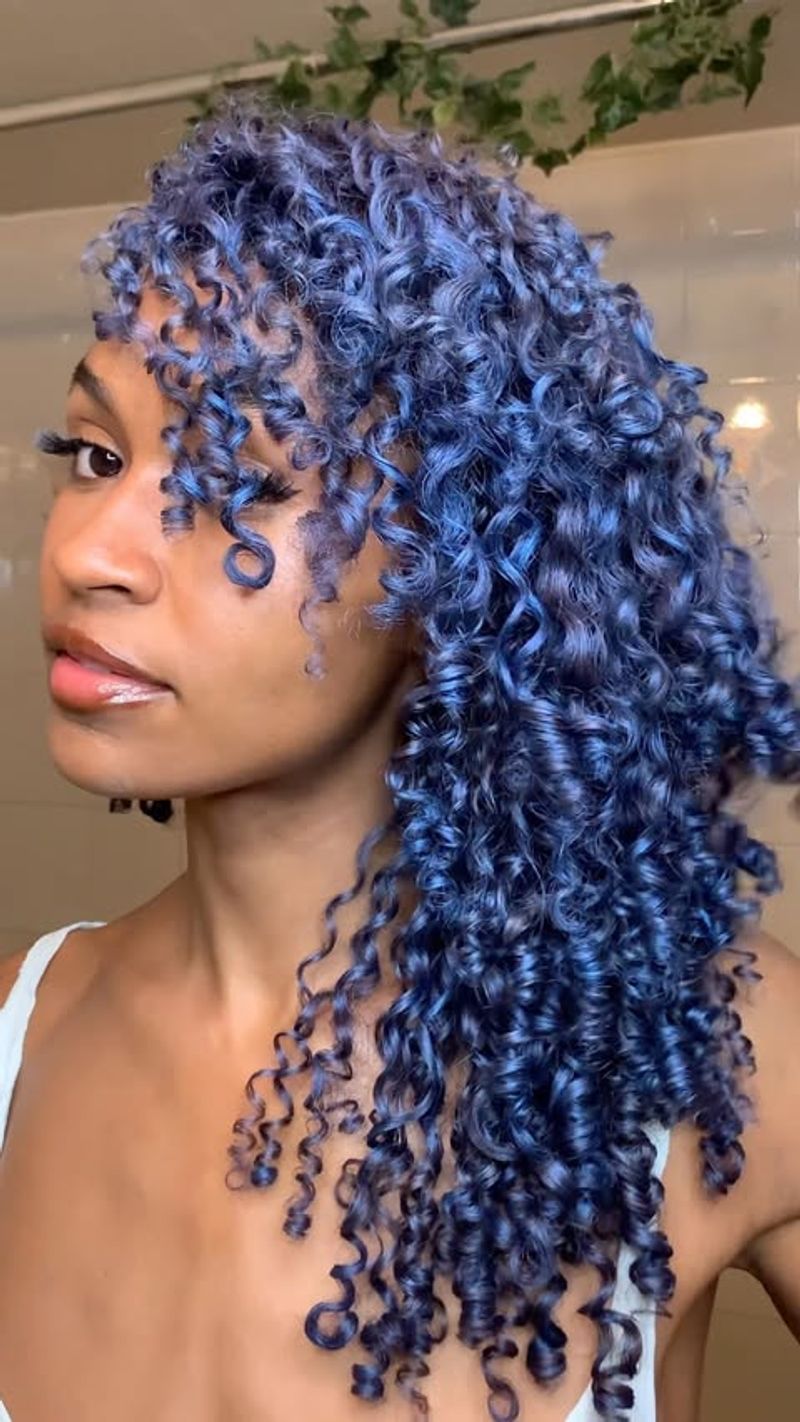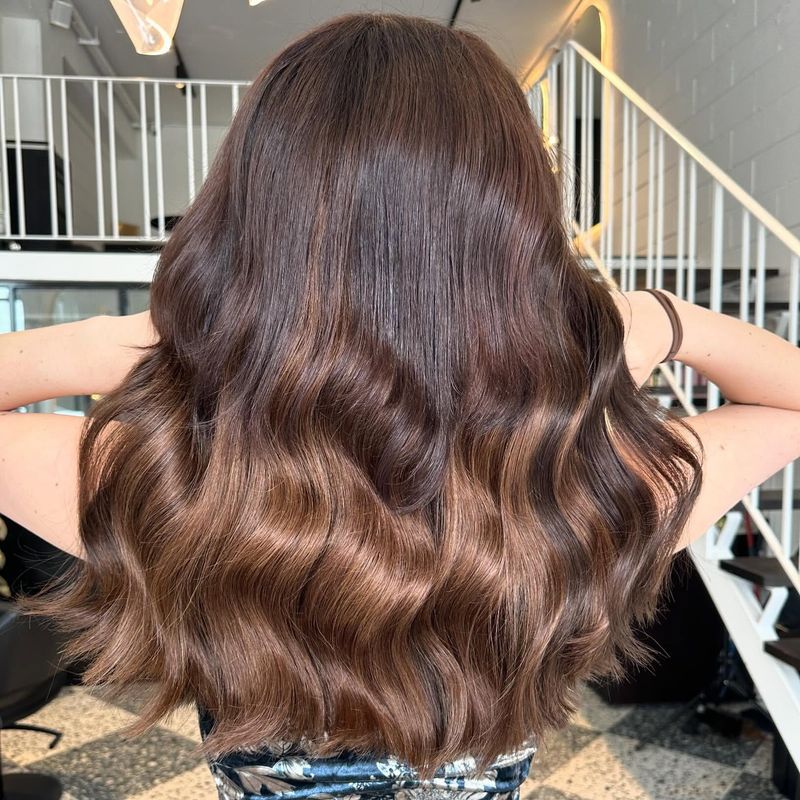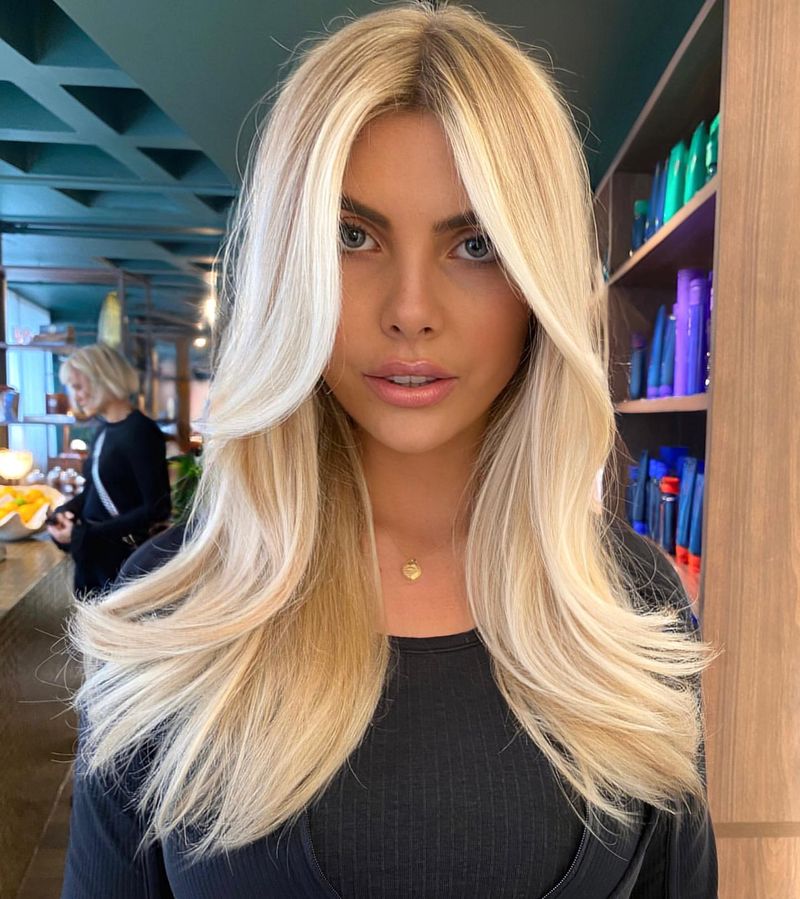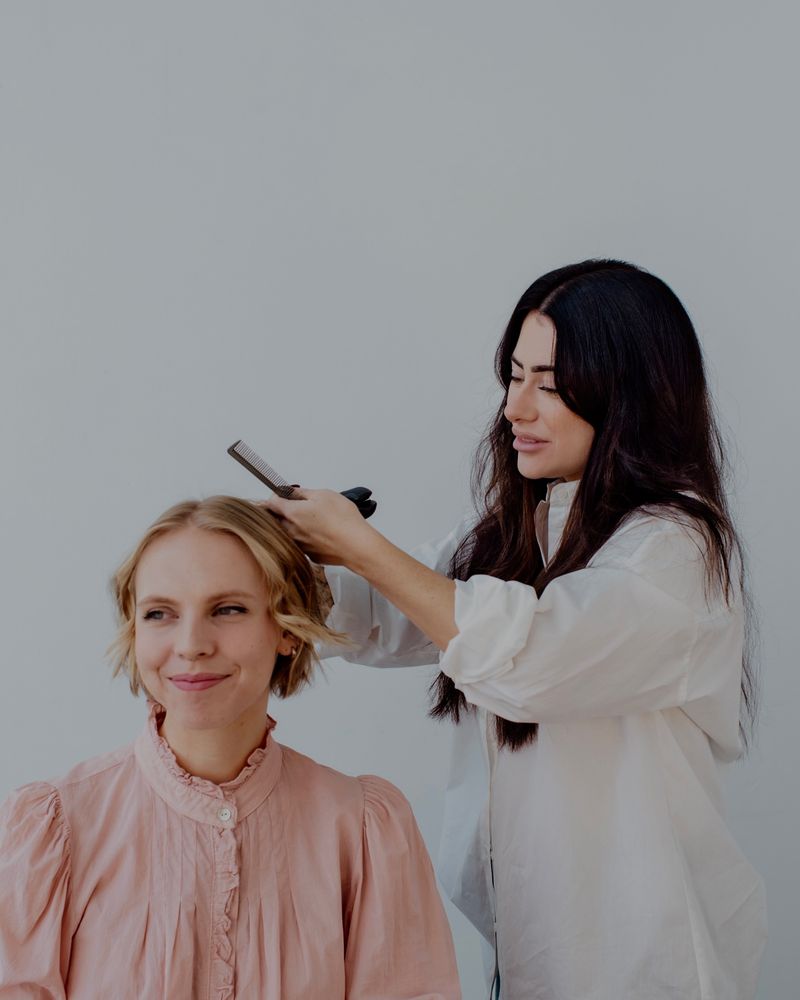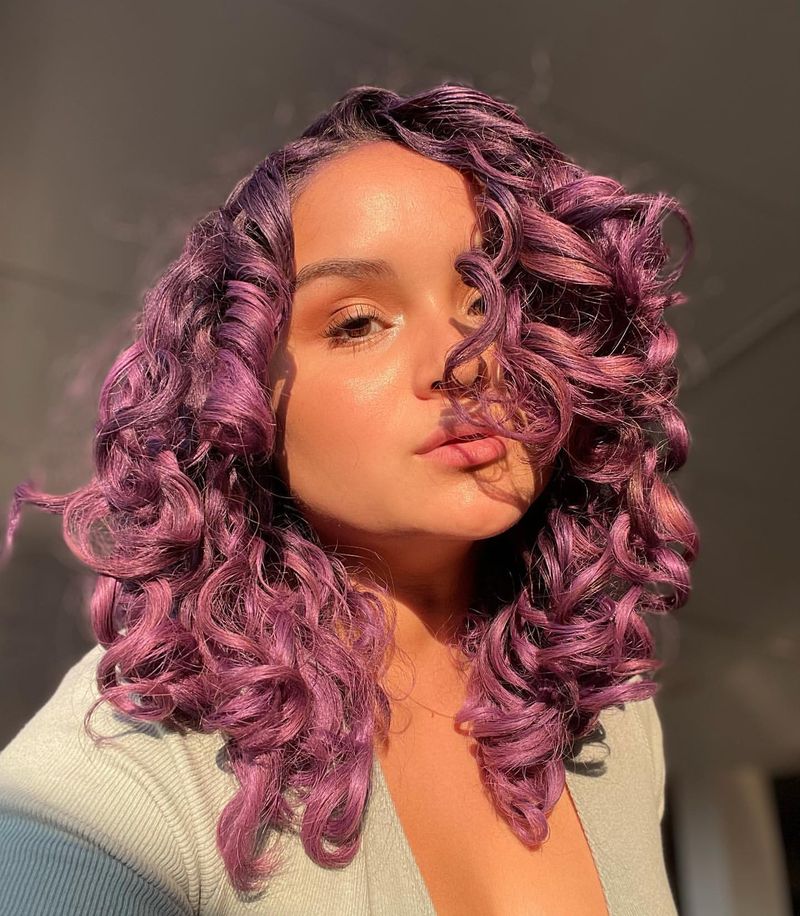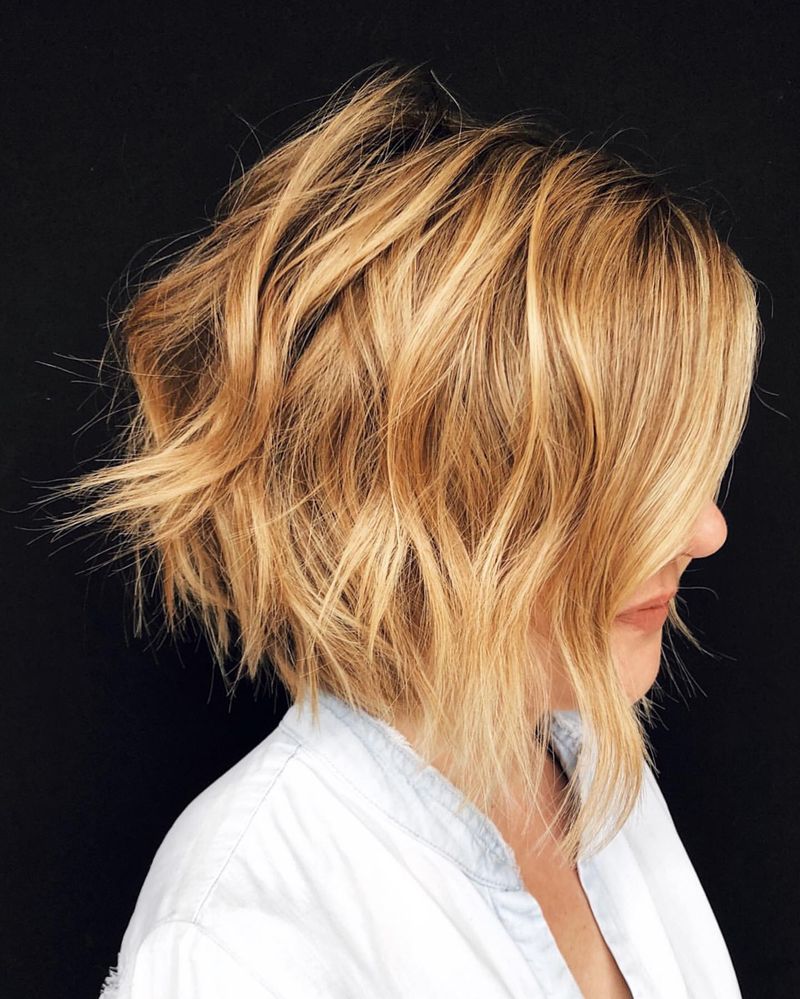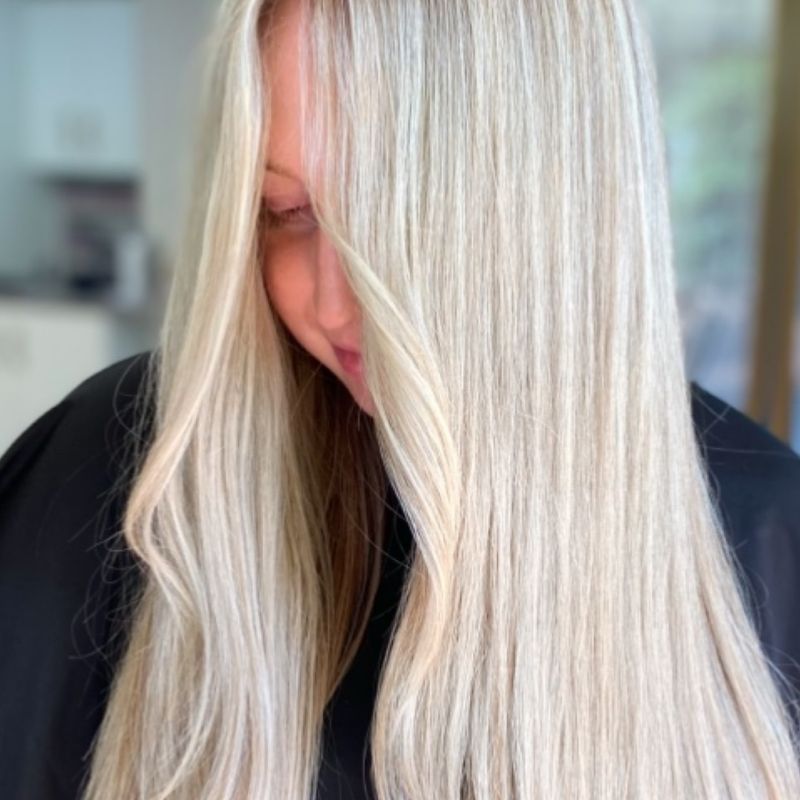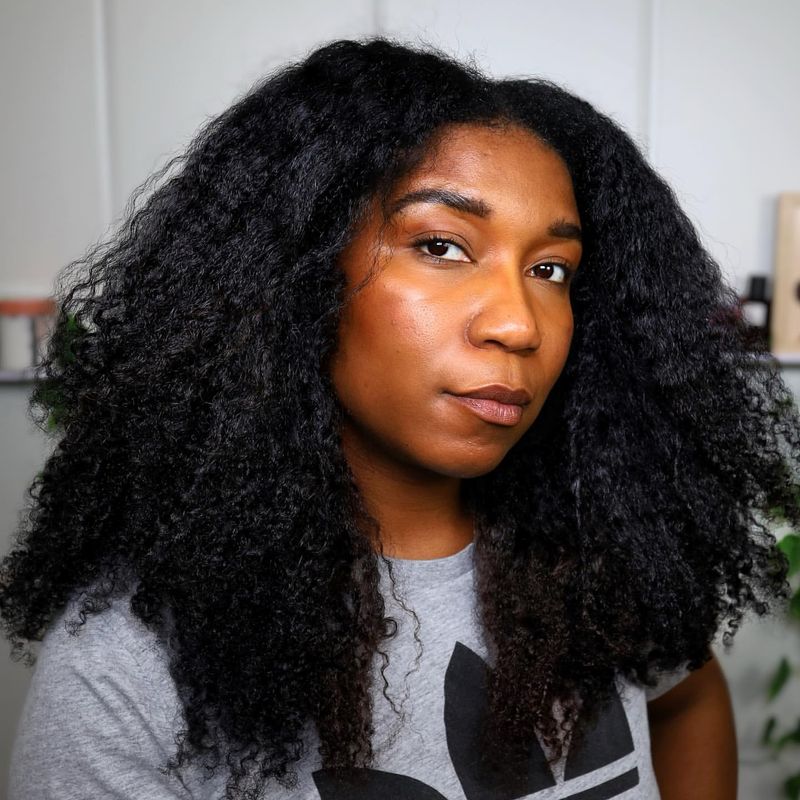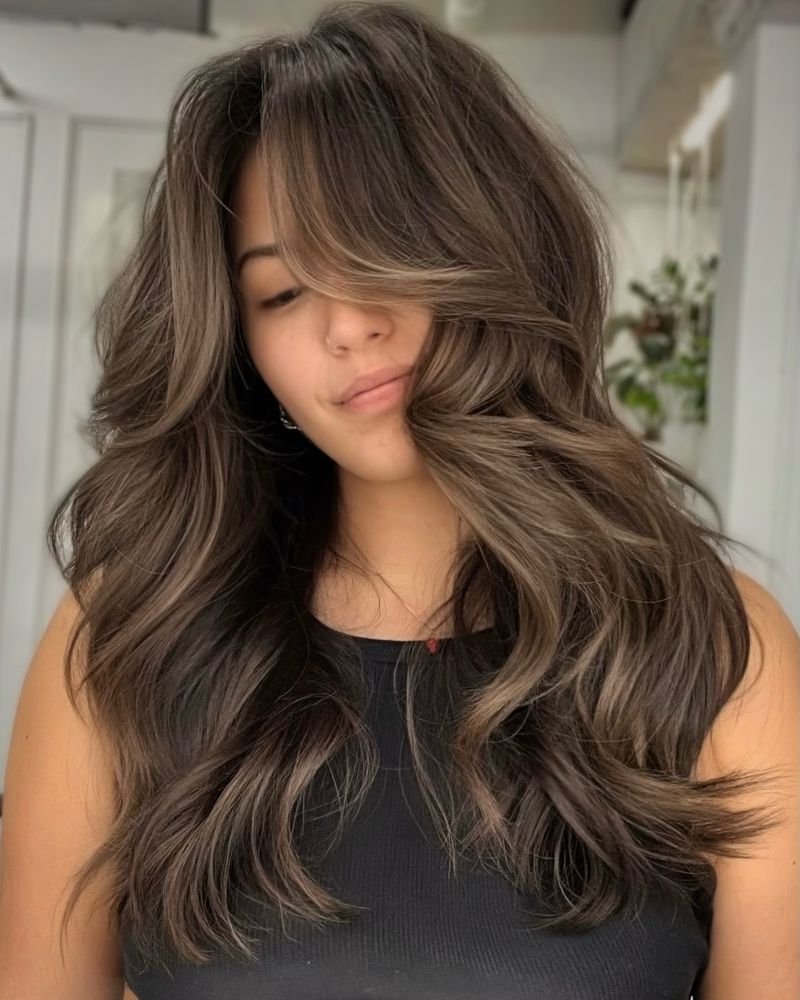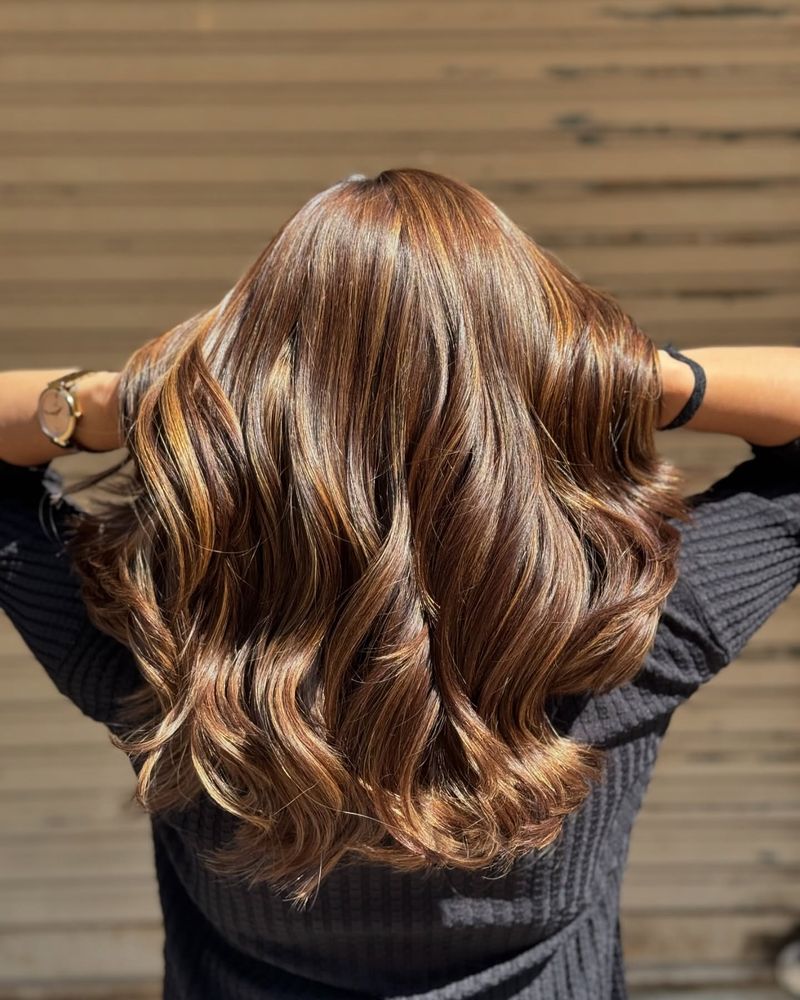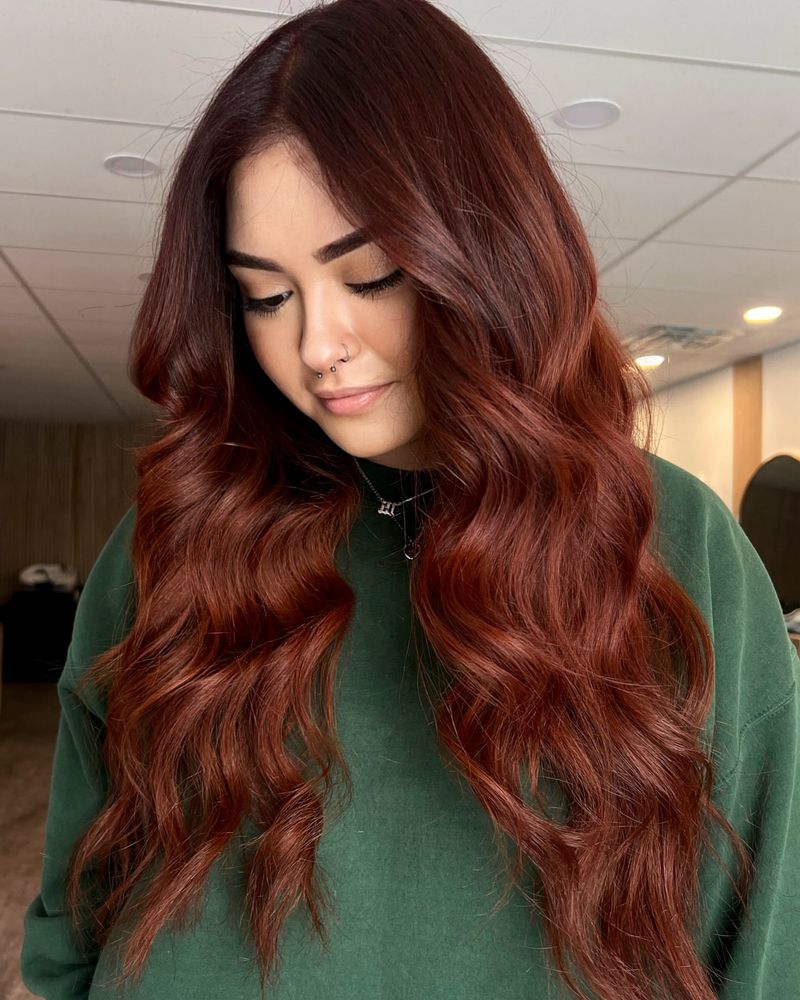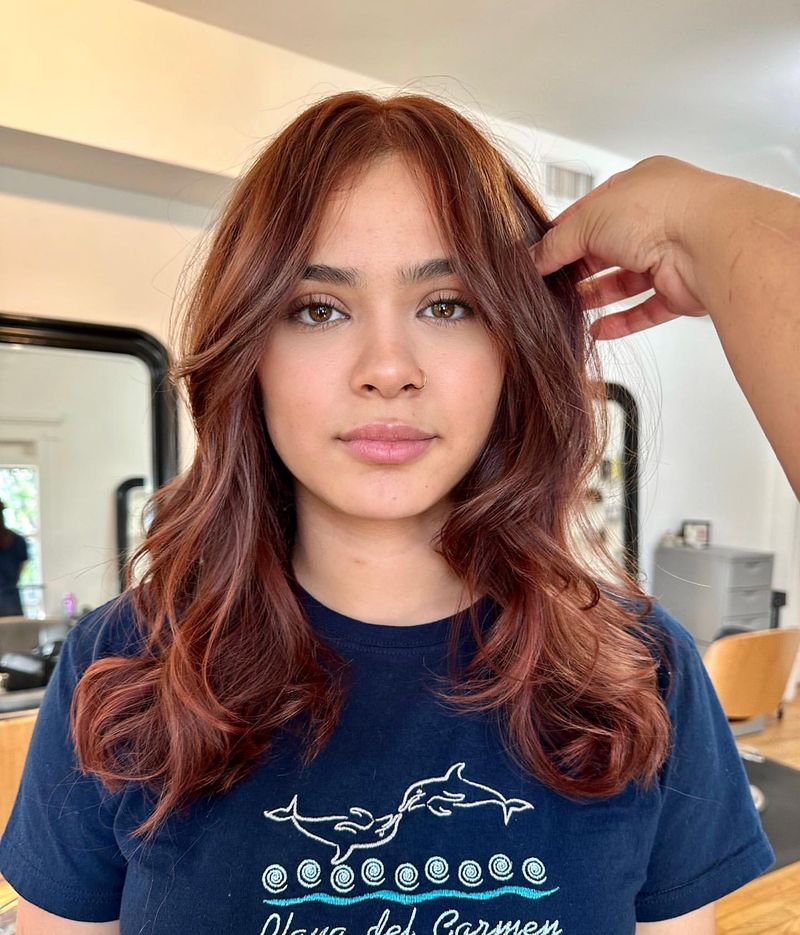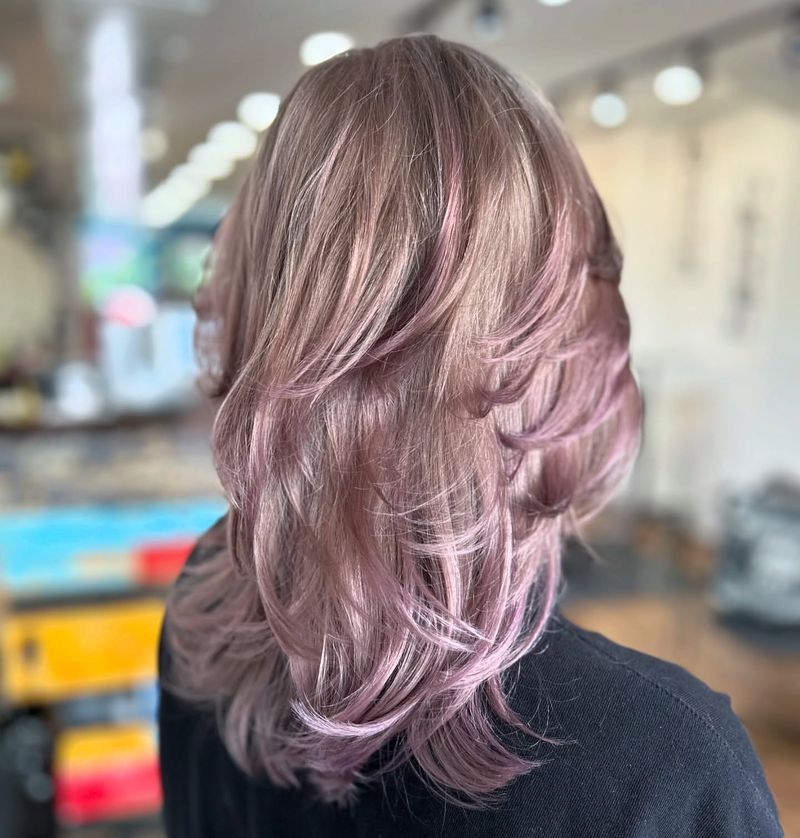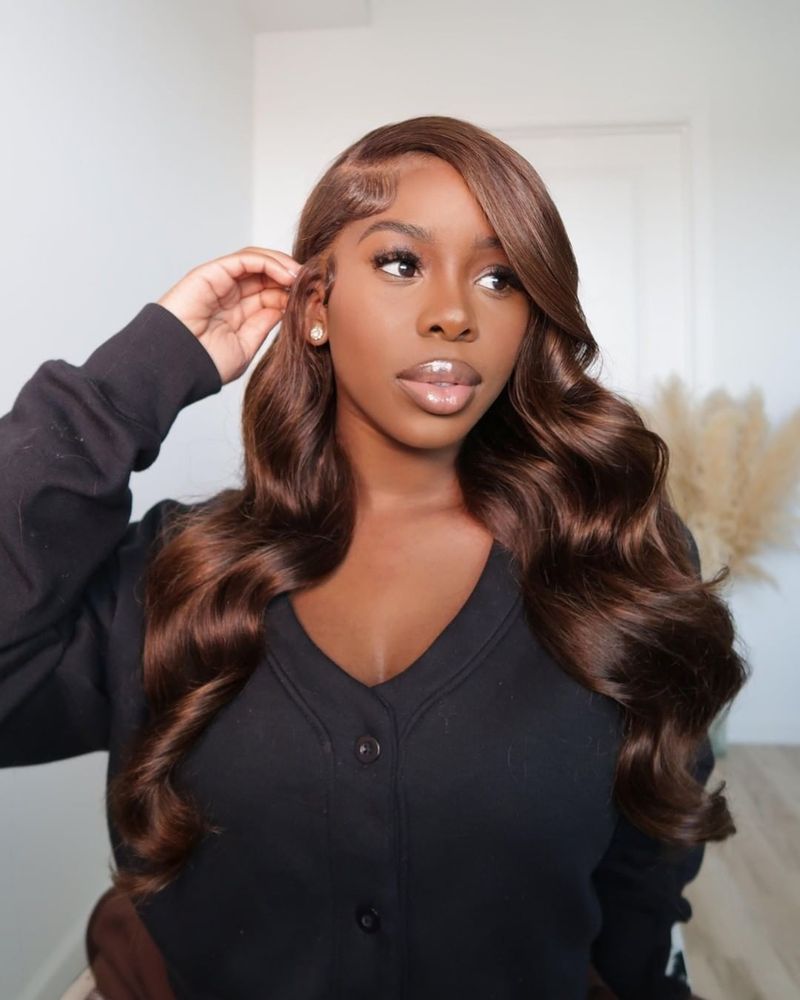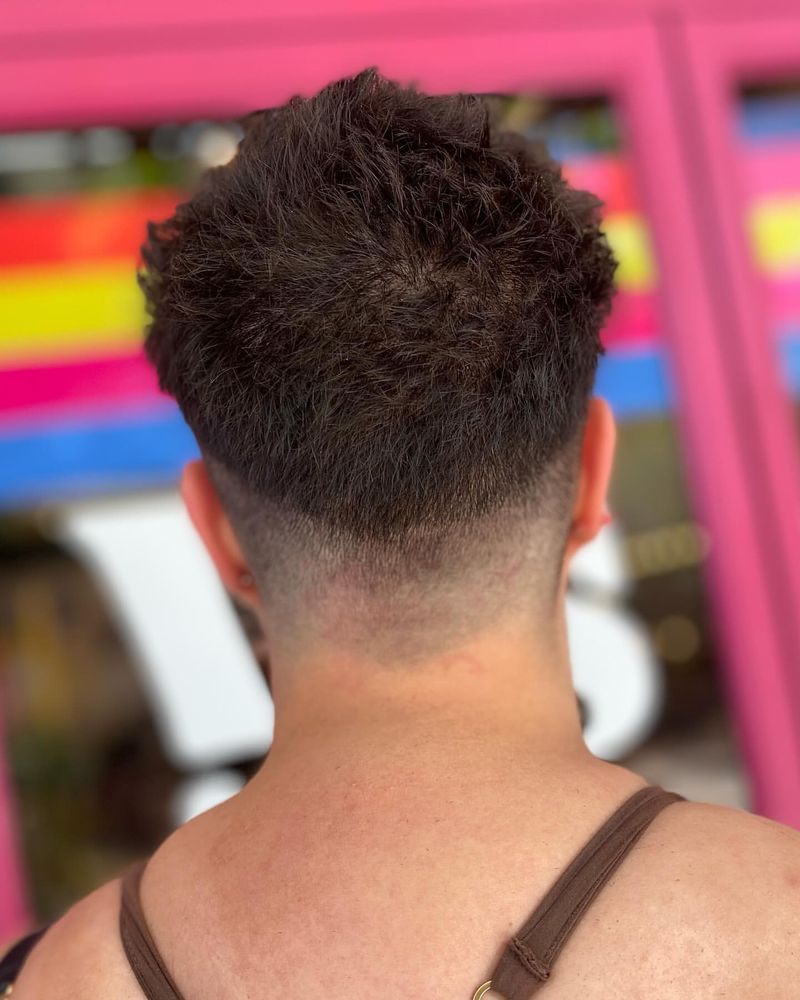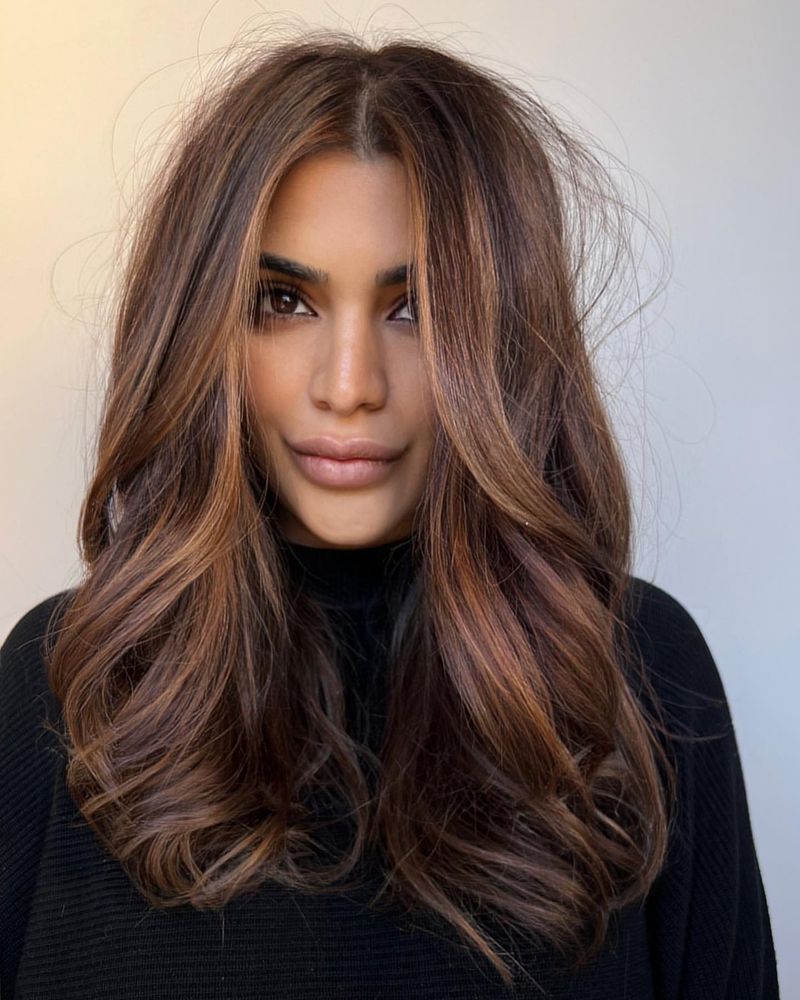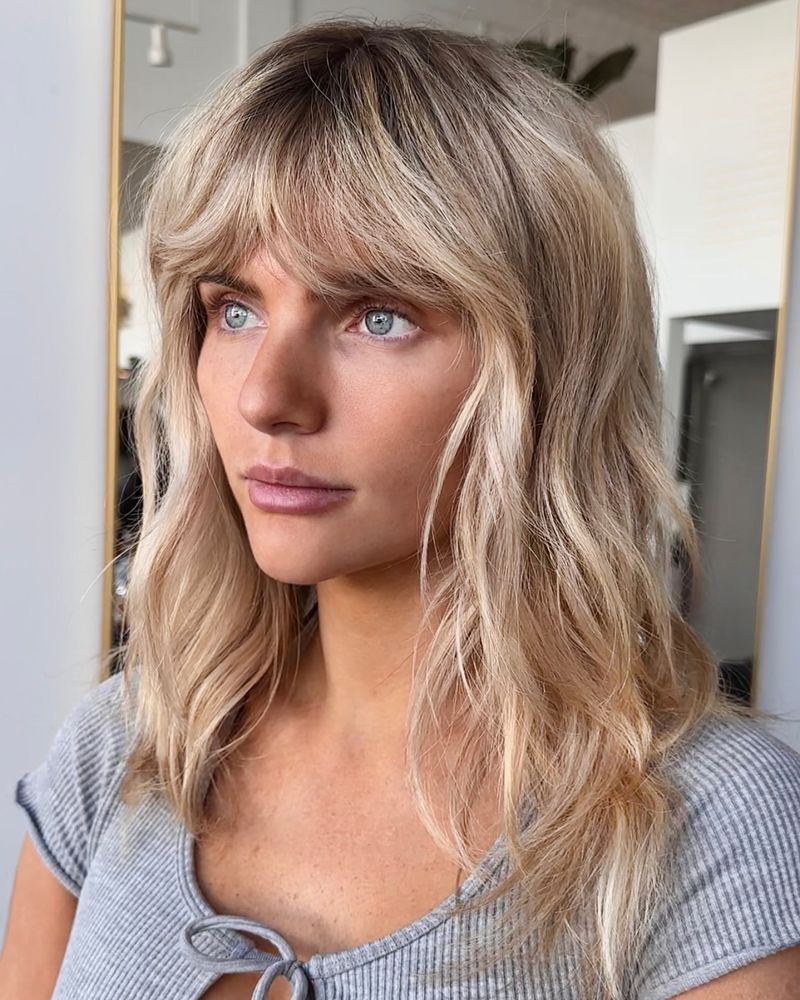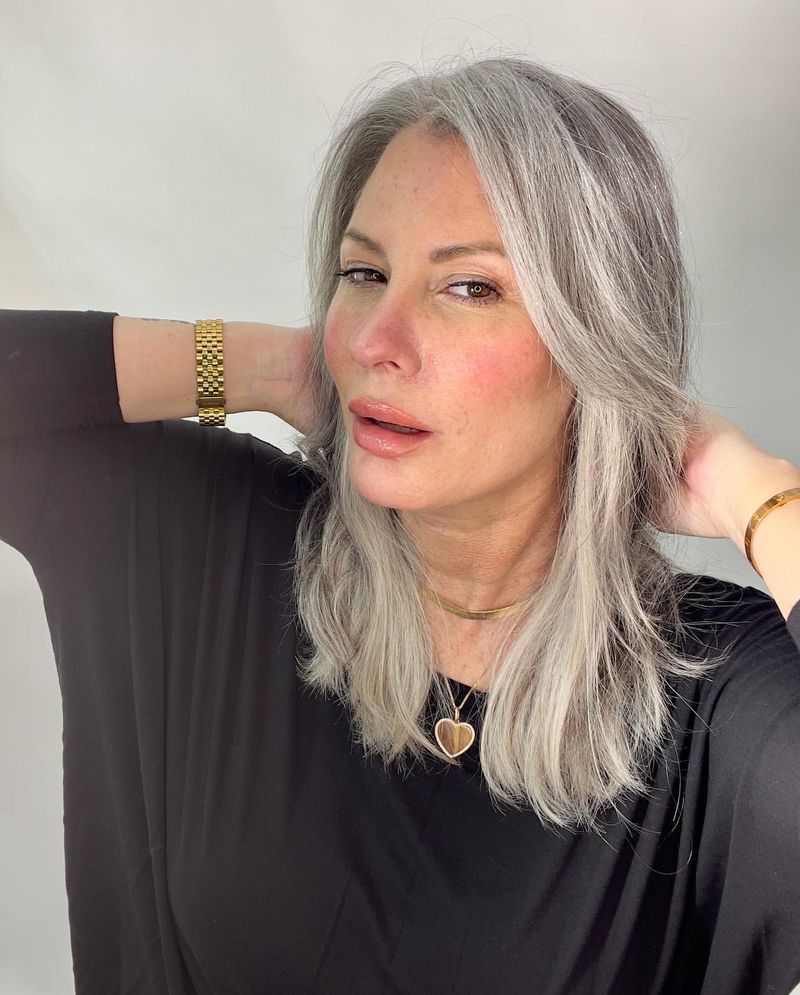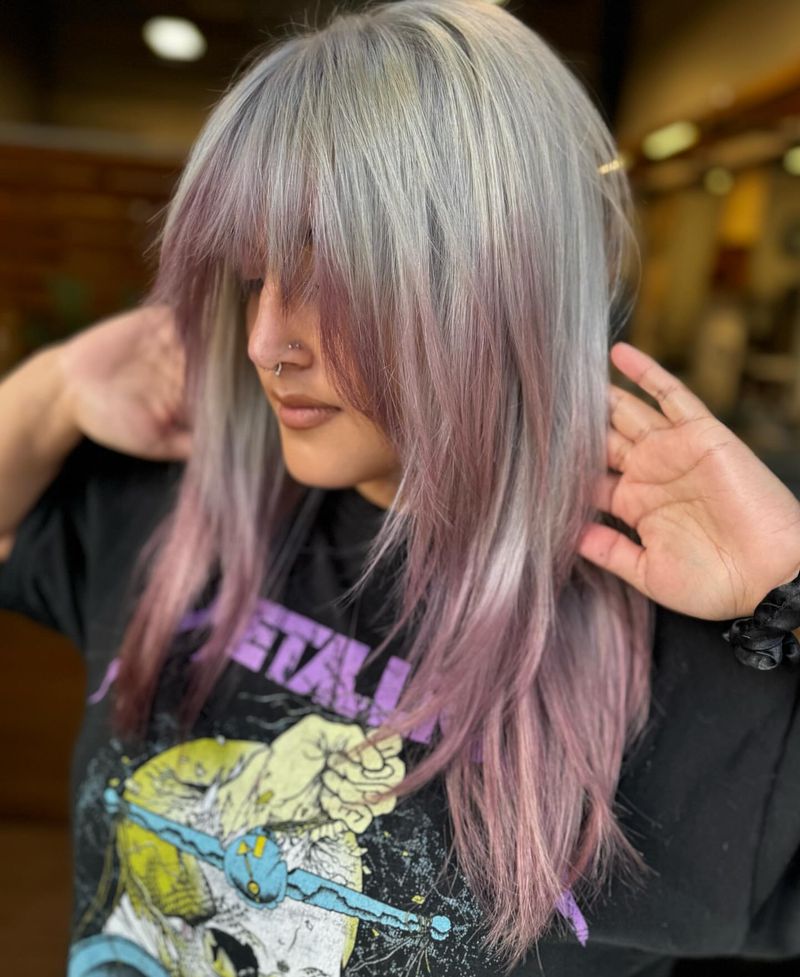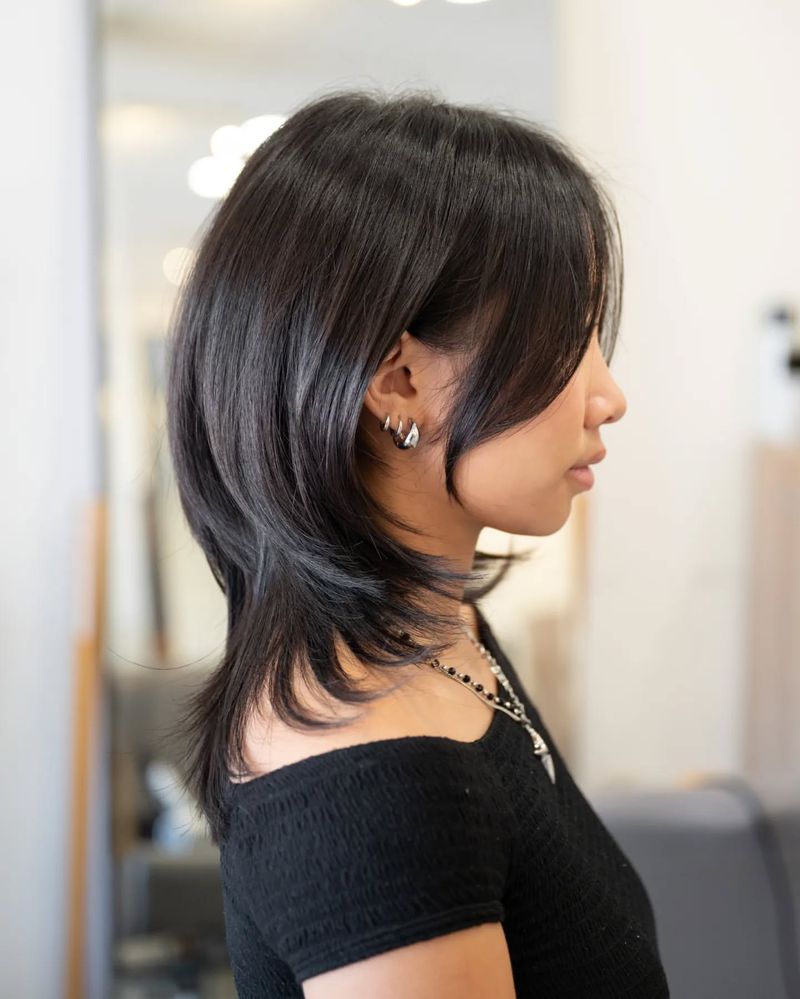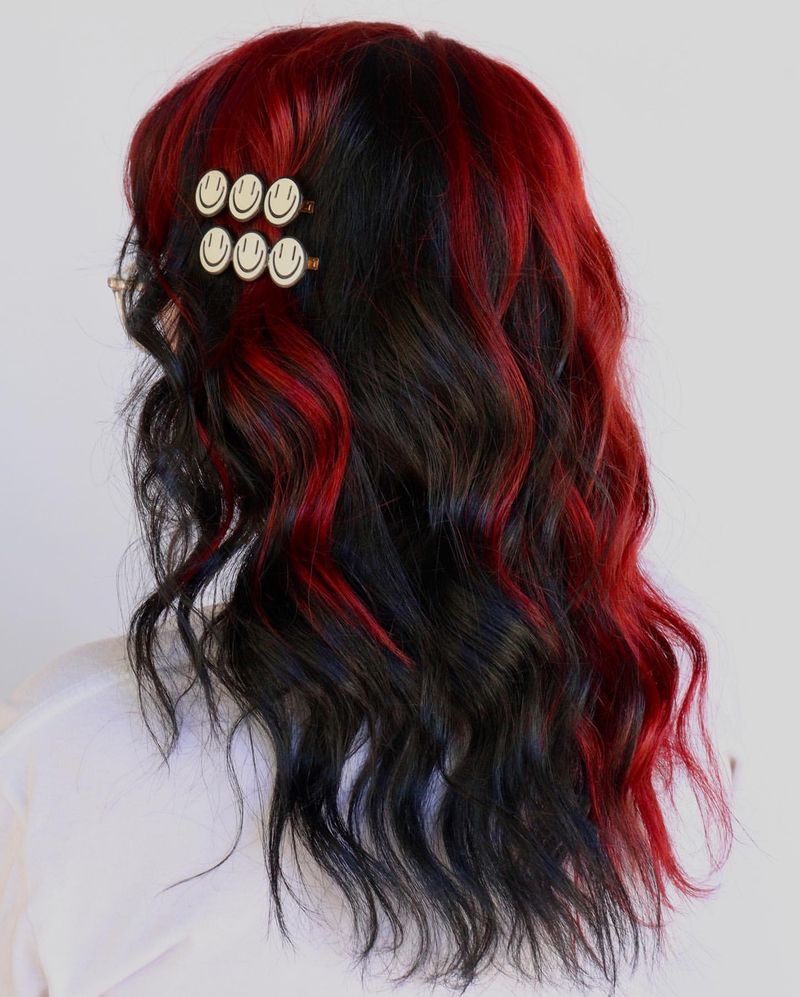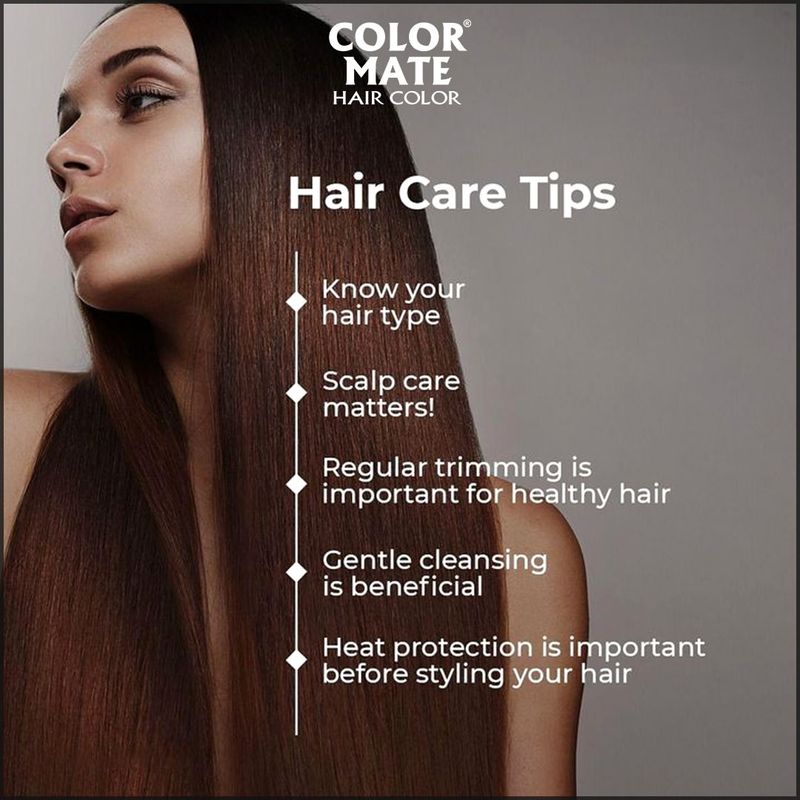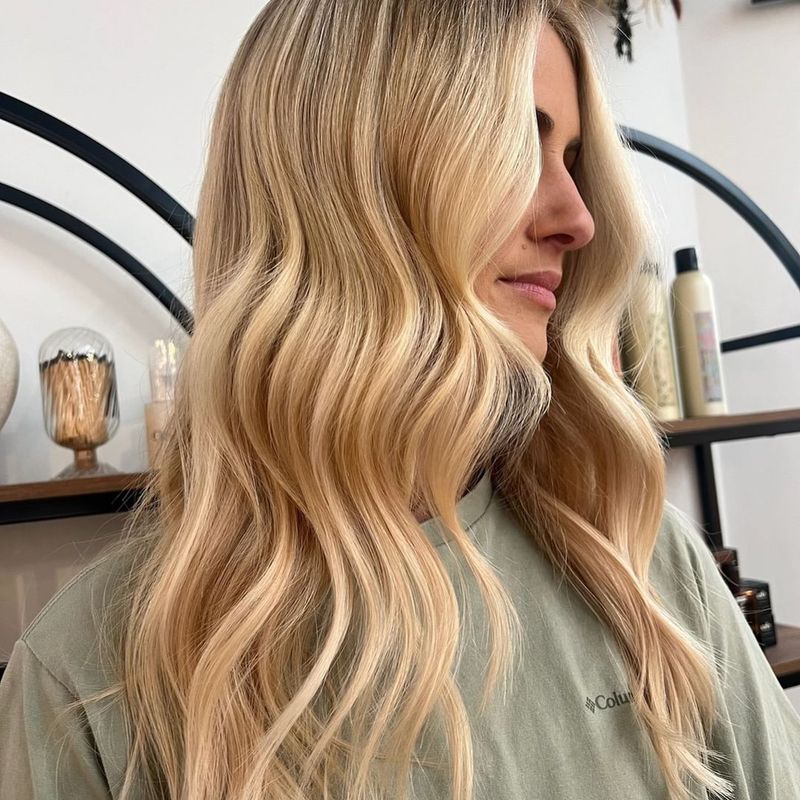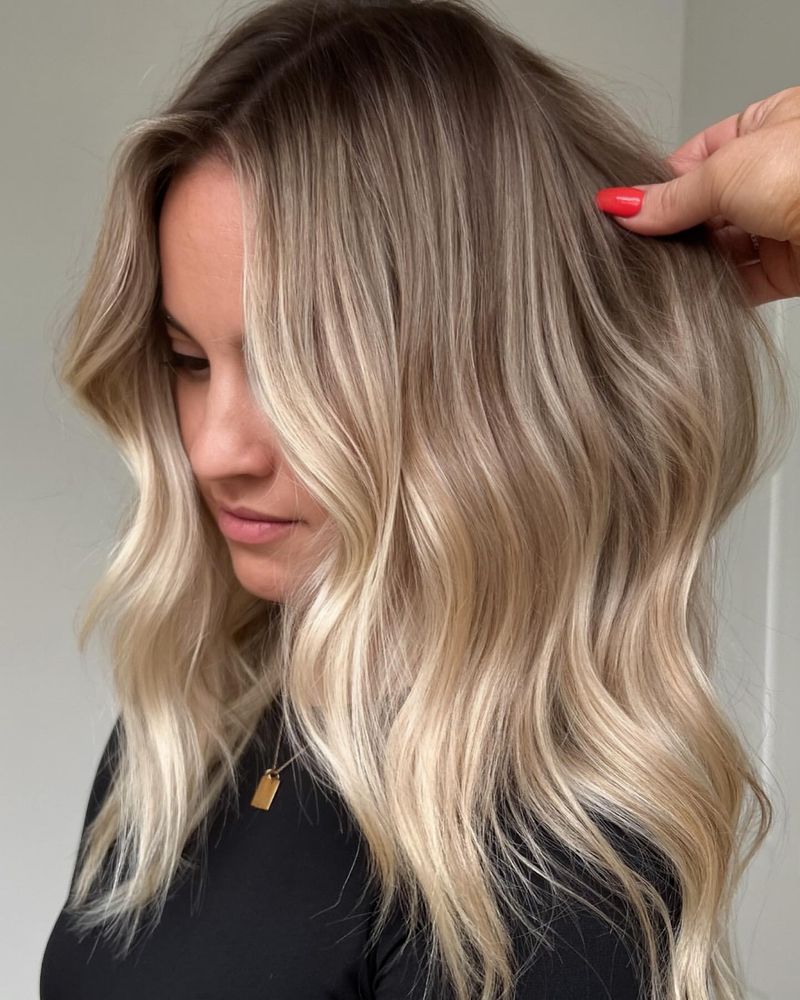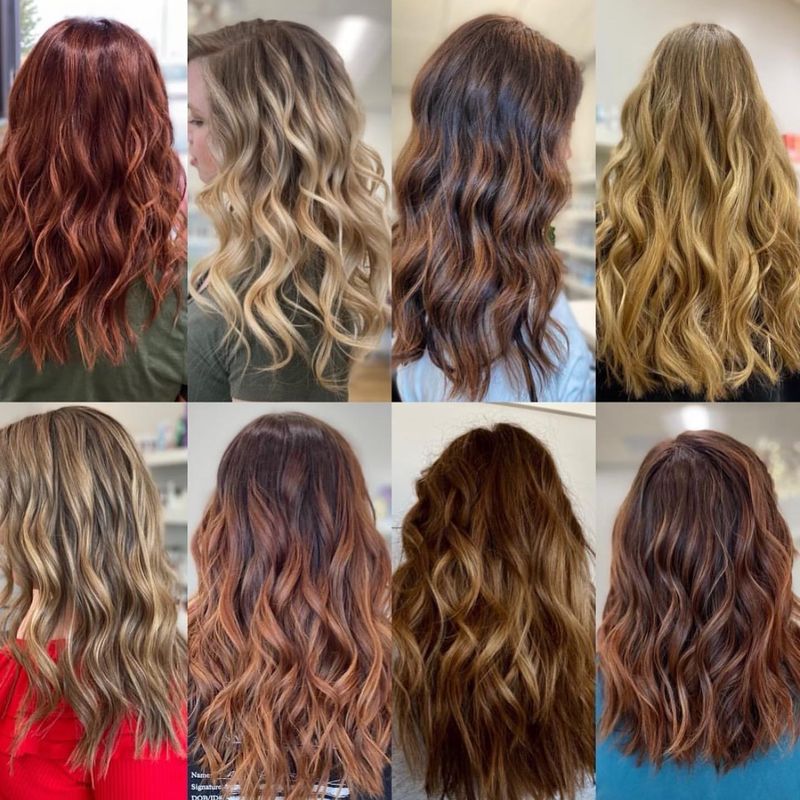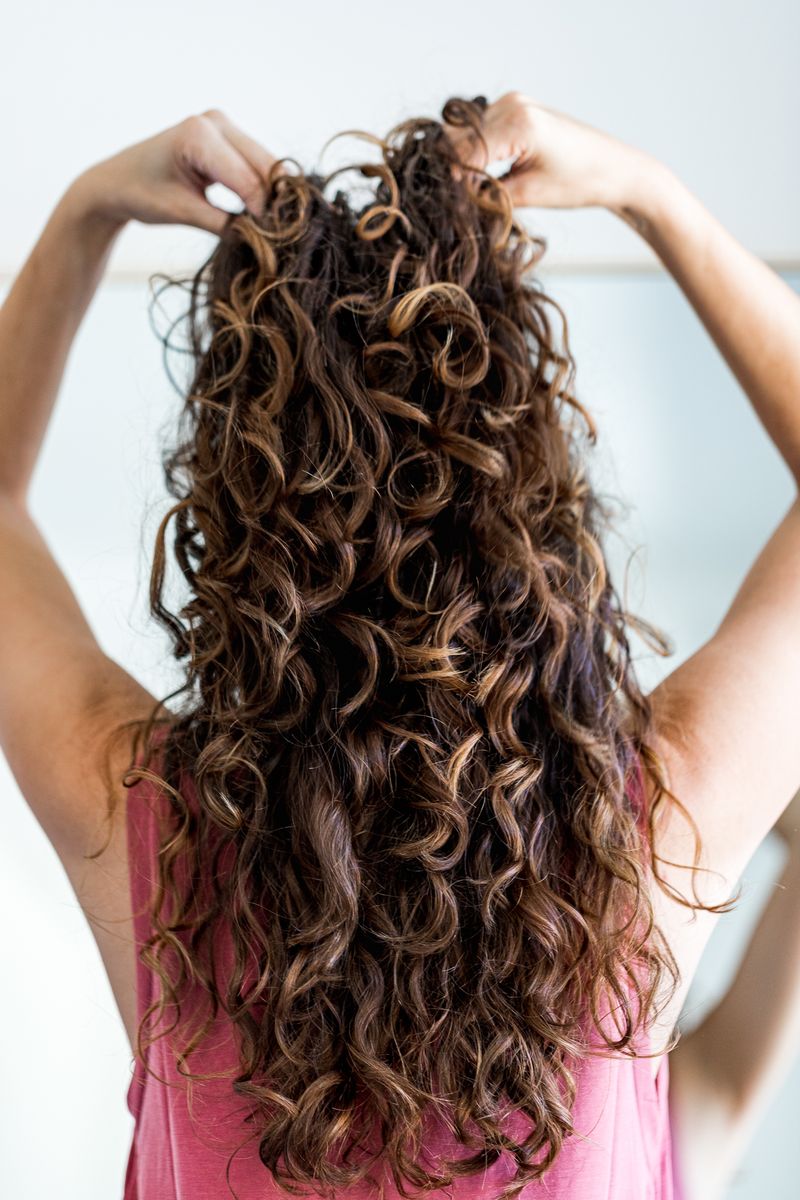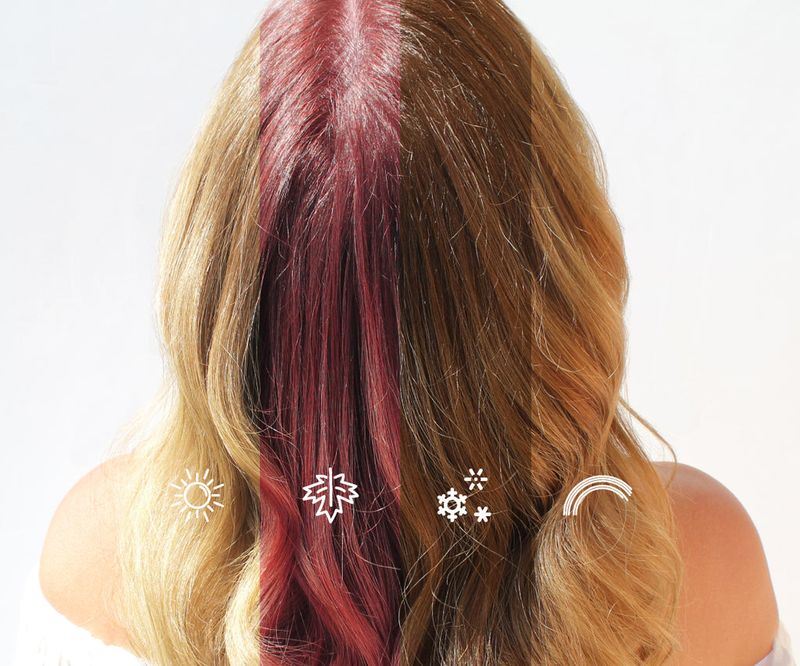Choosing the right hair color can significantly enhance your overall appearance. It’s not just about following trends, but understanding what suits your natural features. Here’s a guide to finding the perfect hair color based on your unique eye color and complexion.
1. Tip 1: Consider Skin Undertones
Identifying your skin undertone – warm, cool, or neutral – is essential. If you have warm undertones, consider shades like golden blonde or warm brown. Cool undertones suit ash blondes or cool browns. Neutral undertones offer more flexibility, allowing you to experiment with both warm and cool shades. Understand your undertone for the best results.
2. Tip 2: Match With Eye Color
Your eye color is a strong indicator of suitable hair colors. Blue eyes pop with cool shades like platinum blonde, while hazel eyes can be enhanced with rich browns and auburns. Green eyes look striking against coppery reds. Play with contrasts or complementary tones to make your eyes stand out brilliantly.
Related: -21 Stunning Ways to Rock Gray Hair After Ditching the Dye
3. Tip 3: Embrace Natural Shades
Sometimes, the best option is a color close to your natural shade. This makes maintenance easy and looks effortlessly chic. Embracing your natural hues can highlight your unique features and reduce noticeable regrowth. It allows for subtle enhancements without dramatic changes, ensuring a seamless and harmonious look.
4. Tip 4: Seasonal Changes
Changing hair color with the seasons can be refreshing. Warmer, darker shades work well in winter, providing a cozy feel. Lighter, brighter colors in summer reflect the season’s energy. Adjusting your hair color seasonally can keep your look fresh and exciting, allowing for a new appearance throughout the year.
5. Tip 5: Experiment With Highlights
Highlights can add dimension and depth to your hair, offering a way to experiment without full commitment. Consider highlights that complement your skin tone and eye color. For example, golden highlights can enhance warm undertones, while ash highlights suit cooler complexions. This method provides a playful yet sophisticated touch.
6. Tip 6: Balancing Bold Hair Colors
If you’re drawn to bold, unconventional colors like blue or green, balance is key. Keep your makeup and wardrobe simple to let your hair be the focal point. Bold colors can be striking and memorable, but they require maintenance and confidence. Approach these shades with an understanding of the upkeep involved.
7. Tip 7: Subtle Ombre Effects
The ombre effect offers a stylish and low-maintenance option. Choose an ombre that transitions smoothly from dark roots to lighter ends, matching your natural hair color. This technique can add depth and interest without needing frequent touch-ups. It’s a great way to try lighter shades without a full dye commitment.
8. Tip 8: Age-Appropriate Choices
Choosing a hair color that complements your age can enhance your appearance. Young adults might experiment with vibrant colors, while more mature selections might involve classic shades. Age doesn’t restrict choice but can guide it towards colors that reflect confidence and sophistication, enhancing your natural beauty effectively.
9. Tip 9: Consider Professional Advice
Consulting with a professional stylist can provide insight into suitable colors for your features. Stylists have experience and can suggest options you may not have considered. They can tailor recommendations based on your hair type, lifestyle, and desired maintenance level, ensuring you choose a color that fits you perfectly.
10. Tip 10: Testing Temporary Colors
Temporary hair colors offer a way to experiment without long-term commitment. They allow you to explore different shades and see how they look with your complexion and eyes. Temporary dyes are perfect for those who enjoy frequent changes, offering a playful and non-permanent solution to hair color experimentation.
11. Tip 11: The Role Of Texture
Hair texture affects how color appears. Curly hair might show color differently than straight hair, impacting the overall effect. Consider how your hair’s texture might alter the appearance of certain shades. Understanding texture’s role can help in choosing a color that complements your natural hair type effectively.
12. Tip 12: Maintaining Color Vibrancy
Maintaining vibrant hair color requires the right products and care routines. Use color-safe shampoos and conditioners to preserve your shade. Regular conditioning can prevent damage and fading, ensuring your hair remains vibrant and healthy. Consistent care will keep your hair looking fresh and your color lasting longer.
13. Tip 13: Cultural Influences on Choices
Cultural background can influence hair color choices. Traditional colors might hold significance, while modern trends offer new opportunities. Consider how cultural influences shape your preferences and how they can guide your selection. Embrace colors that resonate with your identity, blending tradition with contemporary styles.
14. Tip 14: Hair Color and Lifestyle
Your lifestyle can dictate hair color choices. Busy schedules might benefit from low-maintenance, natural shades, while those with more time might enjoy the upkeep of bold colors. Consider how much time you’re willing to invest in maintenance when choosing a color, ensuring it aligns with your daily routine.
15. Tip 15: Seasonal Skin Tone Changes
Your skin tone may vary with seasons, tanning in summer and paling in winter. These changes can affect how hair color appears. Adjusting your hair color to match seasonal skin tone variations can enhance your overall look, ensuring a cohesive appearance that responds to your skin’s natural changes.
16. Tip 16: The Power of Red Tones
Red tones can be vibrant and versatile, offering options from subtle auburn to bold cherry. They can complement both warm and cool undertones, depending on the shade. Red colors are striking and can be tailored to match your complexion perfectly, providing a powerful statement with a touch of individuality.
17. Tip 17: Salon vs. DIY Dyeing
Deciding between a salon and DIY hair dye depends on your comfort level and desired outcome. Salons offer professional results and expertise, while DIY methods provide control and cost-effectiveness. Consider your skill with at-home dyeing and the complexity of the color. Both options have benefits and require careful consideration.
18. Tip 18: Exploring Pastel Shades
Pastel shades are trendy and unique, offering soft, muted tones like lavender and mint. They work well for those wanting a gentle, whimsical look. Pastels often require light hair as a base, so consider your starting color. These shades can be playful and fun, allowing for creative self-expression without overwhelming vibrancy.
19. Tip 19: The Influence of Fashion
Fashion trends can influence hair color choices, inspiring you to try new shades. Observing runway styles or celebrity hair can offer ideas. While trends provide inspiration, personalize them to suit your features and lifestyle. Use fashion as a guide, but ensure the color complements your natural attributes and personal style.
20. Tip 20: Understanding Fade Rates
Different hair colors fade at different rates, affecting how long they look fresh. Consider the longevity of a color before choosing. Some shades, like reds, may require frequent touch-ups. Understanding fade rates helps manage expectations and plan maintenance accordingly, ensuring your color remains vibrant for as long as possible.
21. Tip 21: Warm Tones for Warm Eyes
Warm eye colors, such as honey brown, can be accentuated with warm hair tones. Shades like caramel, honey blonde, or rich chocolate can enhance the warmth in your eyes. These combinations create a cohesive and inviting look, drawing attention to your eyes and complementing their natural warmth beautifully.
22. Tip 22: Cool Tones for Cool Eyes
Cool eye colors like icy blue or grey pair well with cool hair tones. Ash blonde, platinum, or cool browns can enhance these eye colors without overpowering them. These shades offer a harmonious, balanced look that emphasizes the coolness in your eyes, creating a sophisticated and modern appearance.
23. Tip 23: The Natural Grey Option
Embracing natural grey hair can be a beautiful and empowering choice. This option highlights maturity and confidence, offering a unique elegance. Grey hair requires proper care to maintain vibrancy and shine, but it can be a striking and sophisticated statement, celebrating the natural aging process gracefully.
24. Tip 24: Metallic Hair Shades
Metallic hair shades offer a futuristic, edgy look. Colors like silver, rose gold, or metallic lavender add an element of shine and uniqueness. These shades require a light base and maintenance for best results. Metallic colors are bold and attention-grabbing, perfect for those seeking a standout, modern style.
25. Tip 25: Choosing Based on Hair Length
Hair length can influence how color appears. Longer hair offers more canvas for color variations like ombre or highlights, while short hair can make bolder shades more striking. Consider how your hair length interacts with color choices, affecting the overall look and enhancing your hairstyle’s depth and dimension.
26. Tip 26: Incorporating Hair Accessories
Accessories can enhance and highlight hair color choices. Headbands, clips, or scarves can add interest and draw attention to your hair color. Choose accessories that complement or contrast with your shade for a playful touch. This approach allows you to change your look without altering your hair color permanently.
27. Tip 27: The Role of Hair Health
Healthy hair is the foundation of vibrant color. Maintaining hair health through regular trims, conditioning, and using heat protection can enhance color longevity. Damaged hair might not hold color well, so prioritize health to ensure your chosen shade looks its best. Healthy hair reflects shine and vibrancy naturally.
28. Tip 28: Customizing Your Shade
Customizing hair color allows for a personalized look that suits your features perfectly. A professional can mix shades to match your complexion and eye color precisely. This bespoke approach ensures your hair color is unique to you, offering a tailored and sophisticated appearance that standard shades might not achieve.
29. Tip 29: The Impact of Lighting
Lighting can dramatically change how hair color looks. Consider how your chosen shade will appear in various lighting conditions, such as natural sunlight or indoor lighting. Testing samples in different lights can prevent surprises, ensuring your color looks the way you expect it to in all settings.
30. Tip 30: Planning for Color Changes
Planning for future color changes involves considering your current color’s impact. Some shades are easier to change from than others. Plan your color journey with a stylist, focusing on minimizing damage and achieving desired results over time. This approach allows for a smooth transition between colors, maintaining hair health.
31. Tip 31: Impact of Hair Type on Color Choice
Hair type plays a pivotal role in how a color might appear once applied. Curly hair, for instance, tends to look more vibrant with certain shades due to its texture.
32. Tip 32: Seasonal Hair Color Transitions
The seasons can inspire hair color transformations. As summer turns to fall, many opt for warmer, richer tones to reflect the changing environment.
Likewise, lighter shades are popular in spring and summer, echoing the bright and airy season.

